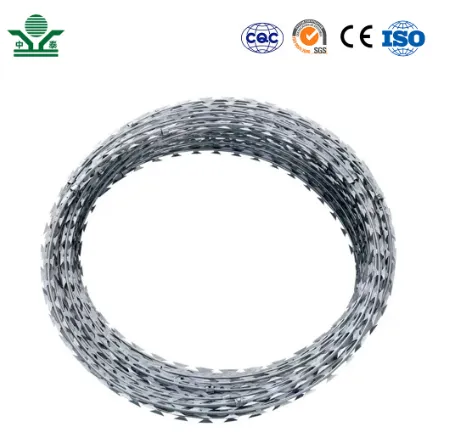The Temporary Sound Barrier Understanding the Phenomenon and Its Implications
Sound is an integral part of our lives, influencing our environments, communication, and even our emotions. However, there are situations where excessive noise becomes detrimental, leading to the pursuit of effective sound control solutions. One such concept in the study of acoustics is the “temporary sound barrier.” This innovative approach seeks to manage sound levels in various settings, whether in urban areas, construction sites, or event venues.
What is a Temporary Sound Barrier?
A temporary sound barrier refers to a physical structure designed to reduce noise pollution in a specific area. Unlike permanent sound barriers, which are typically constructed of heavy materials like concrete or masonry, temporary barriers can be made from lighter materials such as fabric, vinyl, or modular panels. These barriers are often used in situations where noise control is required for a limited time, such as construction projects, outdoor events, or film sets.
The primary function of these barriers is to absorb or deflect sound waves, thereby reducing the volume of noise that escapes the designated area. This is particularly important in metropolitan settings where noise pollution can lead to health issues, including stress, sleep disturbances, and other complications related to mental well-being.
Applications and Benefits
The use of temporary sound barriers has become increasingly popular in various contexts. One of the most common applications is in construction sites. Heavy machinery, drilling, and demolition can generate significant noise, affecting nearby residents and businesses. By erecting temporary sound barriers, construction companies can help mitigate these impacts, fostering better relations with the community and adhering to local noise regulations.
In addition to construction, these barriers are beneficial for outdoor events such as concerts, festivals, and sporting events. Noise from large crowds and loudspeakers can disturb nearby neighborhoods. By implementing temporary sound barriers, event organizers can create a more pleasant experience for participants while minimizing disturbances to surrounding residents.
Moreover, in film production, temporary sound barriers are used to isolate sound recording areas. During shoots, overwhelming background noise can compromise audio quality. By setting up barriers, sound engineers can capture clearer audio while minimizing interruptions from environmental sounds, thus enhancing the overall production quality.
temporary sound barrier

Design Considerations
The effectiveness of a temporary sound barrier relies heavily on its design and construction. Key factors include the height, material, and shape of the barrier. Taller barriers usually provide better sound deflection, as they block the line of sight for sound waves. Additionally, using materials that absorb sound, rather than merely reflecting it, can significantly enhance noise reduction.
Flexible design is also a crucial aspect. Temporary barriers need to be easy to assemble and disassemble, allowing for quick installation and removal based on project timelines. Lightweight materials that are durable enough to withstand outdoor conditions can facilitate this process. The use of modular panels can also cater to varying site requirements and configurations.
Challenges and Limitations
While temporary sound barriers offer numerous advantages, there are challenges and limitations to consider. One major issue is their effectiveness over long distances. Temporary barriers can be limited in their ability to control sound that travels around them, particularly if noise sources are located at varying distances.
Additionally, while these barriers serve as a solution for temporary situations, their environmental impact cannot be ignored. The materials used need to be sustainable and recyclable to minimize waste. Striking a balance between functionality and eco-friendliness is essential for responsible sound barrier deployment.
Conclusion
In an increasingly noisy world, the importance of managing sound pollution cannot be overstated. Temporary sound barriers represent a viable solution for various applications, from construction and events to audio quality in film production. By understanding their design, benefits, challenges, and limitations, stakeholders can implement effective noise control measures that not only enhance individual experiences but also contribute to healthier communities. As we continue to innovate in sound management, the concept of temporary sound barriers is likely to evolve, providing increasingly effective solutions for noise-related challenges.
-
Why Galvanized Trench Cover Steel Grating Resists Corrosion
NewsJul.10,2025
-
The Versatility and Strength of Stainless Expanded Metal Mesh
NewsJul.10,2025
-
Load Calculations in Steel Grating Platforms
NewsJul.10,2025
-
Keeping Pets and Kids Safe with Chicken Wire Deck Railing
NewsJul.10,2025
-
Hole Diameter and Pitch for Round Perforated Metal Sheets
NewsJul.10,2025
-
Aluminium Diamond Mesh in Modern Architecture
NewsJul.10,2025
Subscribe now!
Stay up to date with the latest on Fry Steeland industry news.

